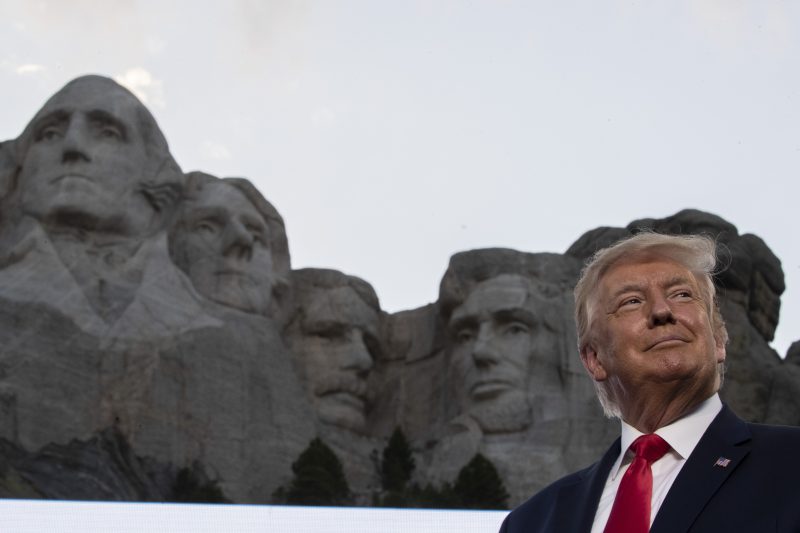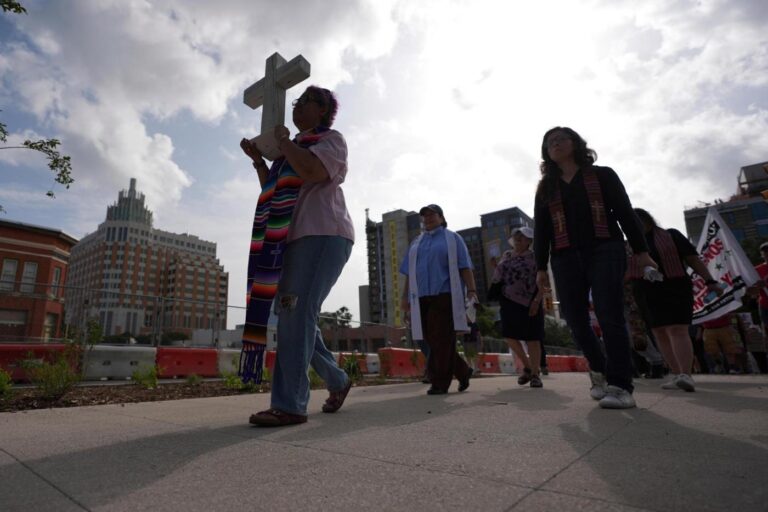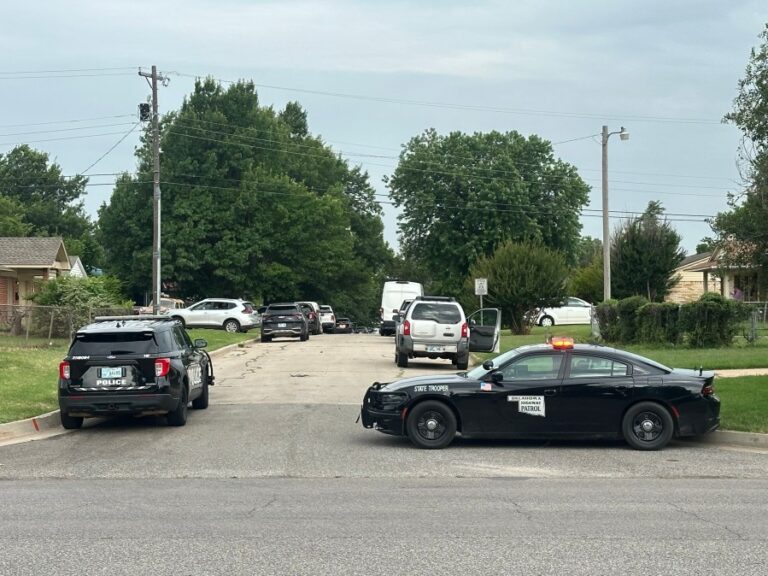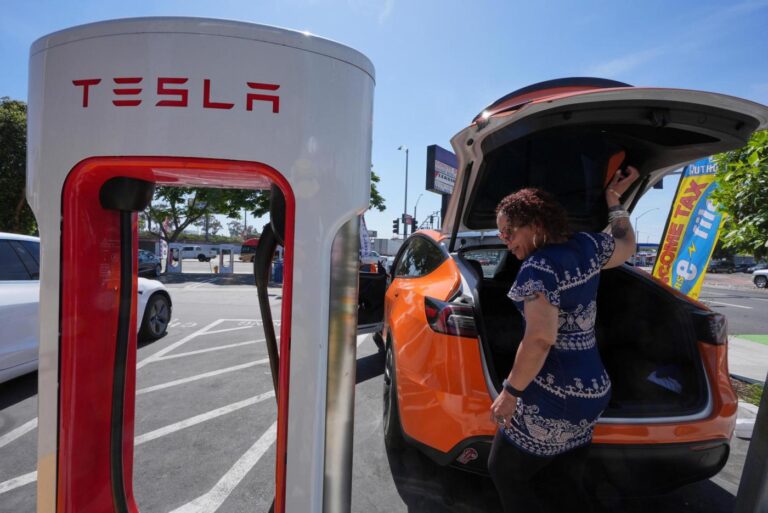Within the sprawling pages of a new legislative megabill, expected to pass through the House this Thursday, lies a provision that has reignited a controversial project: the “Garden of Heroes.” This initiative, championed by former President Donald Trump, has been allocated $40 million as part of a broader package that includes tax benefits for seniors, changes to student loans, and significant Medicaid cuts.
The “Garden of Heroes” was initially proposed by Trump during his first term. It aims to celebrate America’s 250th birthday with a collection of statues honoring historical figures. The project was first outlined in a 2020 executive order, which called for the garden to be completed by July 4, 2026. However, it was shelved by President Joe Biden in 2021. Now, with Trump’s return to office, the plans have been reinstated with a directive for swift execution.
The Vision Behind the ‘Garden of Heroes’
Trump’s vision for the “Garden of Heroes” was born out of a desire to counter what he described as “cancel culture.” During a 2020 speech at Mount Rushmore, Trump criticized efforts to dismantle statues of historical figures, particularly those associated with slavery, following the nationwide protests sparked by George Floyd’s death. He argued that the garden would serve as a tribute to American history and values.
The garden is intended to feature “lifelike or realistic statues,” potentially donated or loaned by various organizations and individuals. The National Endowment for the Humanities (NEH) had previously opened applications for statue commissions, offering up to $600,000 for three statues per recipient. The materials specified included marble, granite, bronze, copper, or brass.
Potential Honorees and Locations
The list of potential honorees for the garden is extensive, featuring 244 names ranging from founding fathers like John Adams to cultural icons such as Elvis Presley and Aretha Franklin. The selection has drawn criticism for its eclectic mix, with some historians questioning the appropriateness of certain figures.
James Grossman, executive director of the American Historical Association, described some inclusions as “odd,” “probably inappropriate,” and “provocative.”
While a specific location has not been finalized, Trump’s initial executive order suggested a site of “natural beauty” near a major population center. South Dakota Governor Larry Rhoden has proposed the Black Hills, in sight of Mount Rushmore, as a potential location.
Financial and Political Implications
The megabill allocates $40 million for the garden, with additional funding commitments of $34 million from the NEH and the National Endowment for the Arts. This financial backing underscores the project’s significance within the broader legislative package, which is being touted as a major Republican victory.
Despite opposition from Democrats, who are unified against the bill, it is expected to pass the House with a narrow margin. House Minority Speaker Hakeem Jeffries (D-N.Y.) delivered a lengthy speech in opposition, but the bill is likely to reach the president’s desk, marking a significant milestone for Trump’s administration.
The bill is described by Republicans as “one big beautiful bill,” encapsulating a wide array of GOP priorities within its 800-plus pages.
Looking Ahead
The revival of the “Garden of Heroes” project represents a broader cultural and political statement by Trump’s administration. It seeks to solidify a particular narrative of American history and heroism, amidst ongoing debates about representation and historical memory.
As the project moves forward, it will likely face continued scrutiny and debate over its execution and the figures it chooses to honor. The implications of this initiative extend beyond the garden itself, reflecting deeper societal divisions and the ongoing discourse over America’s past and future.
With the megabill’s expected passage, the “Garden of Heroes” is set to become a defining feature of Trump’s legislative agenda, symbolizing both a celebration of history and a contentious political statement.
























